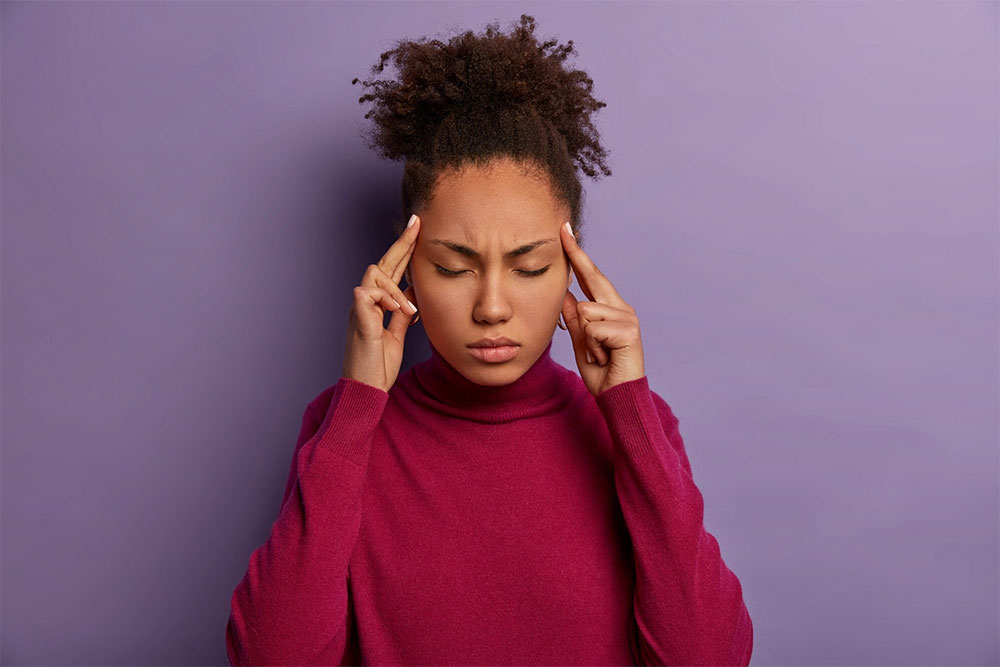Children with cluster headaches have headaches that can last from 30 minutes to 2 hours. They can frequently cluster, about every 1-3 weeks, or infrequently, less often than every 3-6 months. They usually start between the ages of 10-20 and can begin in adulthood.
The headaches usually happen on one side only, and the pain can be severe. Children with cluster headaches often think they have a heart attack. If your child has Cluster Headaches, they have a rare neurological disorder with unknown causes.
Cluster headaches usually go away on their own without treatment. Severe cases may make a person so sick and tired that they need to be hospitalized. You should take steps to prevent headaches when your child has cluster headaches. Cluster headache is a serious and sometimes life-threatening condition. Although symptoms can be severe, there is no cure. Treatment is aimed at controlling the pain of cluster headaches and reducing the frequency of attacks.
Your child’s care plan will focus on the condition’s triggers, such as diet and sleep, as well as ways to manage them, including calming activities, deep breathing techniques, and stress management.
Your child may be able to get some relief from cluster headaches by restricting his or her intake of sodium, caffeine, and, in severe cases, alcohol. If your child experiences frequent cluster headaches, consult a doctor who can recommend additional treatments.
What is the cause of Cluster Headaches in Children?
Cluster headaches occur in children and young adults and are caused by a blood vessel dysfunction linked to a serotonin imbalance. They’re generally not serious. During an attack, patients complain of stabbing pain around one eye. The attacks can last from a few seconds to several days.
Cluster Headaches in children are rare but can cause excruciating pain and distress. Most children will outgrow the condition. However, there are teenagers and adults who have ongoing headaches. Cluster Headaches affect between 1% and 5% of adults. Researchers are exploring possible causes of the condition, including genetics, stress, hormones, and environmental factors.
Cluster headaches are one of the most common types of headaches that children, teens, and adults can experience. Children under 5 may suffer from cluster headaches, which can occur at puberty.
Cluster Headaches are rare in children. Childhood headaches are more common than most people think, but not every child with a headache has Cluster Headaches. Cluster Headaches usually occur mainly during the teenage years. The headache usually starts as a dull pain on one side of the head.
What Symptoms of Cluster Headaches in Children?
Cluster Headaches are the most common type of primary headache among children. The symptoms may include severe, stabbing, unilateral, one-sided headache, with associated nausea, vomiting, and autonomic symptoms. The pain may occur suddenly and intermittently or come on gradually over several days. In young children, the pain is often described as an electric shock or like a fire torching the head.
The headaches often occur more than once on the same day. The headaches usually last less than 45 minutes. Children with cluster headaches also have other symptoms, such as sweating, nausea, vomiting, photophobia, and phonophobia. Pain is usually felt on only one side of the head and is often made worse by stress, loud noise, bright lights, or smells. The headaches may also occur during sleep.
A child might have a Cluster Headache if he/she experiences headaches frequently. The cluster headache must be treated with proper medication. Other symptoms include redness around the eye, swelling around the eye, uncontrollable eye blinking, weakness of the face, neck, and arm, and, in severe cases, temporary loss of vision.
What is the treatment of Cluster Headaches in Children?
Cluster headaches can be brutal. They can last for several days and cause excruciating pain. Many children won’t even be able to go to school, and parents are often forced to miss work. But with the right treatment, kids can learn to live better with cluster headaches.
The rate at which children develop a cluster headache is 5% for each year of life. Most children get their first cluster headaches by the age of 11. When the headache actually starts, children usually experience it between 6 pm and midnight. The headache usually begins behind the forehead and behind the eyes. It seldom occurs on the top or sides of the head.
Most of the treatment of Cluster Headaches in children is by medicines, which are taken by mouth or injection. Cluster Headaches in children are treated with carbamazepine, barbiturates, phenobarbital, hydantoins, and tizanidine. These medicines help the Cluster Headaches in children patients without side effects.
The best way to treat cluster headaches in children is with Botox injections into the affected muscles. Botox is a short-term treatment that can last 6 to 12 months, depending on the child’s age. Only about 1% of children will develop cluster headaches. Cluster headaches usually affect children under the age of 12.
Cluster headaches are rare in children but severe. Treatment is based on symptoms. Other therapies have been tried to determine if they are effective but have not been studied enough to determine their effectiveness. If you’re looking for additional treatment options for Cluster Headaches, you can check out cluster headache clinical trials at Power.

